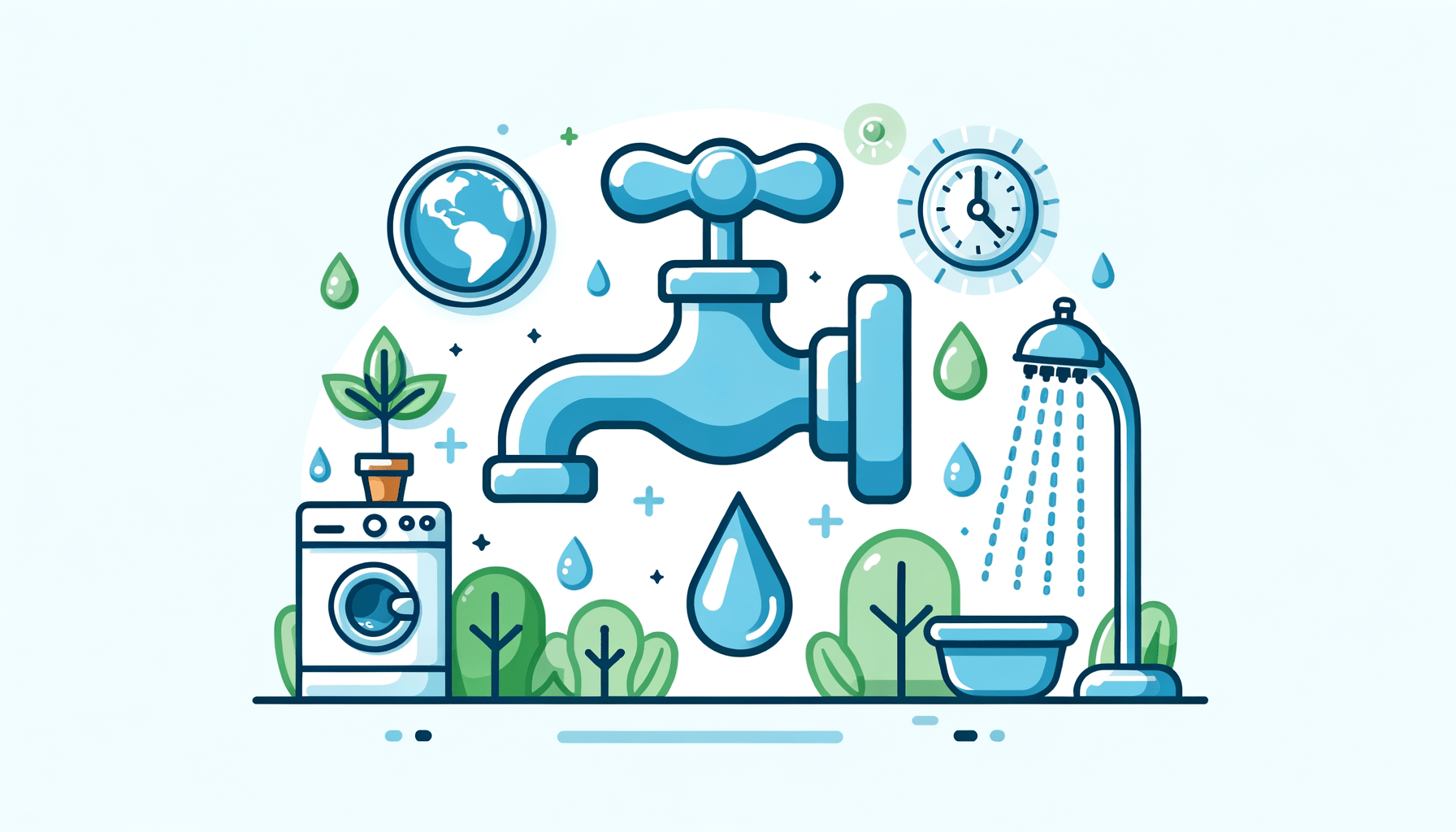As an Aussie, water conservation doesn’t just help the environment – it’s also a good way to cut down on your bills. While many of us are aware of the usual tips like turning off the tap while brushing our teeth, there’s a lot more you can do in your own home. We’ve gathered 30 simple tricks you might not know that can help you slash that water bill. Let’s dive into the first ten of them now.
Contents
- 1. Install Low-Flow Showerheads
- 2. Fix Leaky Taps
- 3. Collect Rainwater for Plants
- 4. Limit Shower Time
- 5. Install Dual-Flush Toilets
- 6. Use Water Efficient Appliances
- 7. Rinse Dishes Sparingly
- 8. Check Pipes for Leaks
- 9. Install Water-Saving Aerators
- 10. Water Lawn After Sundown
- 11. Use Dishwasher Strategically
- 12. Insulate Hot Water Pipes
- 13. Reuse Pasta Boiling Water
- 14. Install a Water Meter
- 15. Mulch Your Garden
- 16. Use Pool Covers
- 17. Compost Waste Instead
- 18. Use Automatic Washer Loads
- 19. Fill Up Sink for Washing
- 20. Bathe Pets Outside
- 21. Install Tap Flow Reducers
- 22. Be Broom, Not Hose
- 23. Install Rain Sensor Sprinklers
- 24. Wash Cars Less Frequently
- 25. Use a Car Wash
- 26. Use Bucket When Washing
- 27. Check Toilets for Leaks
- 28. Plant Drought-Tolerant Plants
- 29. Submerge Pots for Watering
- 30. Use Water Filter Pitchers
- Conclusion
1. Install Low-Flow Showerheads
Switching to low-flow showerheads is an easy way to save water. These fixtures use less water per minute than regular showerheads, but thanks to their efficient design, they can still offer a satisfying shower experience. Not only do they reduce water usage, but they also reduce the demand for hot water which can lead to significant energy savings. Incorporate these into your bathrooms and watch how much less water you consume during showers.
2. Fix Leaky Taps
It’s easy to ignore leaking taps or not even notice small leaks within your plumbing system, but they can result in huge waste over time. You can try fixing leaky taps yourself or get professionals like us at Dan’s Plumbing involved for stubborn leaks or complex issues. Remember: addressing this will not only stop the wastage but also prevent larger issues from developing.
3. Collect Rainwater for Plants
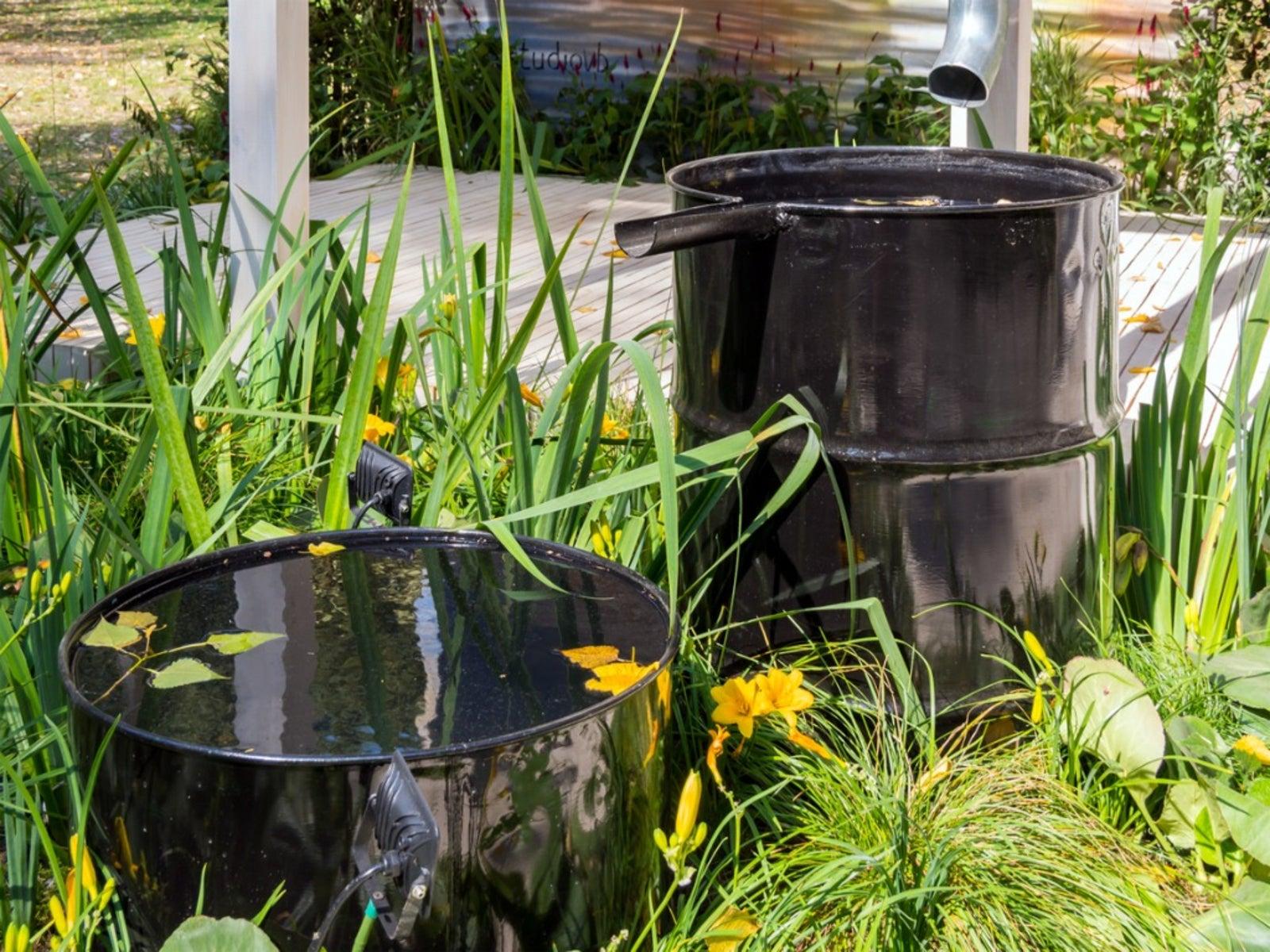
If you have a garden or indoor plants, consider using collected rainwater for watering your greenery – nature will appreciate it! Build or buy a rainwater collection system, and let Mother Nature become your source of irrigation. This practice encourages efficient energy use and sustainable development without compromising your passion for growing plants.
4. Limit Shower Time
Sometimes, a long, hot shower is just what you need after a stressful day. However, excessive shower time can waste a lot of water. Try to limit your showers to an appropriate length when possible. You could even make it a game for yourself or your family, setting timers and having a competition to see who can finish their shower quickest.
5. Install Dual-Flush Toilets
Dual-flush toilets give you the choice between a light flush and a heavy flush, allowing you to control how much water you’re using with each flush. This is a simple way to greatly reduce water wastage in common daily activities. Older models of toilets can often use unnecessary amounts of water, so it’s worth investing in modern toilet technology.
6. Use Water Efficient Appliances
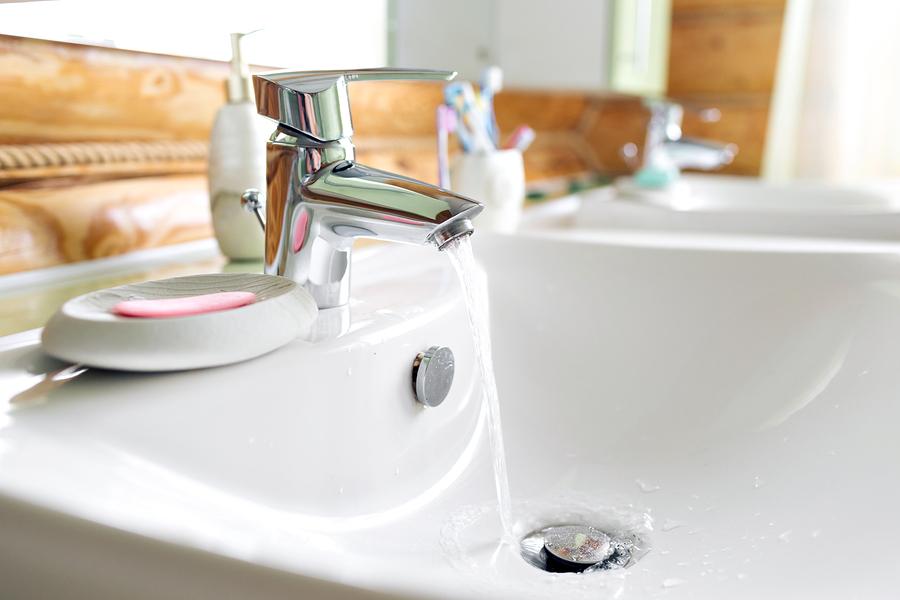
From efficient energy use in dishwashers and washing machines with Energy Star ratings to smart thermostats that control your heating system efficiently – there are plenty of appliances on the market designed to save water. These appliances may cost more upfront, but they pay their way in reduced utility costs over time.
7. Rinse Dishes Sparingly
Rinsing dishes before putting them in the dishwasher can use up lots of water. Contrary to common belief, modern dishwashers do not require pre-rinsed dishes and do an excellent job cleaning dirty dishes. So save yourself some time and water next time by skipping this unnecessary step.
8. Check Pipes for Leaks
Major leaks are easy to spot but minor leaks can go unnoticed while quietly driving up your water bill. Conduct regular inspections on your property’s plumbing infrastructure for early signs of leaks or hire professionals like us for a detailed inspection.
9. Install Water-Saving Aerators
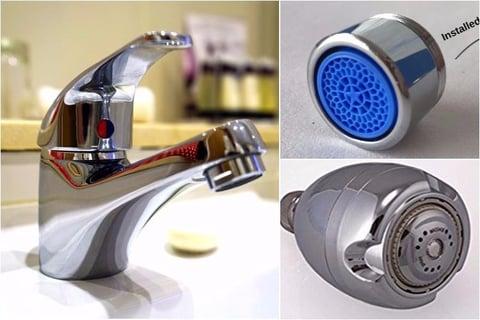
Water-saving aerators are tiny devices that you screw onto the end of taps to control the flow of water and mix it with air. They’re inexpensive and easy to install, but they can save a significant amount of water by reducing the flow rate. They’re also great for reducing splash when washing your hands or doing the dishes.
10. Water Lawn After Sundown
Watering your lawn during the incline or decline of the sun to minimise evaporation has always been sound advice. However, did you know that it’s actually best to water your lawn after sundown? That’s when your lawn can soak up the most water without losing it to evaporation. Remember, efficient use of water leads to a healthy backyard and a healthy planet!
11. Use Dishwasher Strategically
If you’re like most people, you probably run your dishwasher whenever it’s full. While this seems logical, you can actually save water by using your dishwasher strategically. Consider running it during off-peak hours – not only can this save water, but it could also make your home more energy efficient. Additionally, always ensure that your dishwasher is completely full before you run it. This way, you’re maximizing the use of water and energy for every cycle. Some modern dishwashers even have eco-friendly settings or Energy Star ratings that allow for lower water usage.
12. Insulate Hot Water Pipes
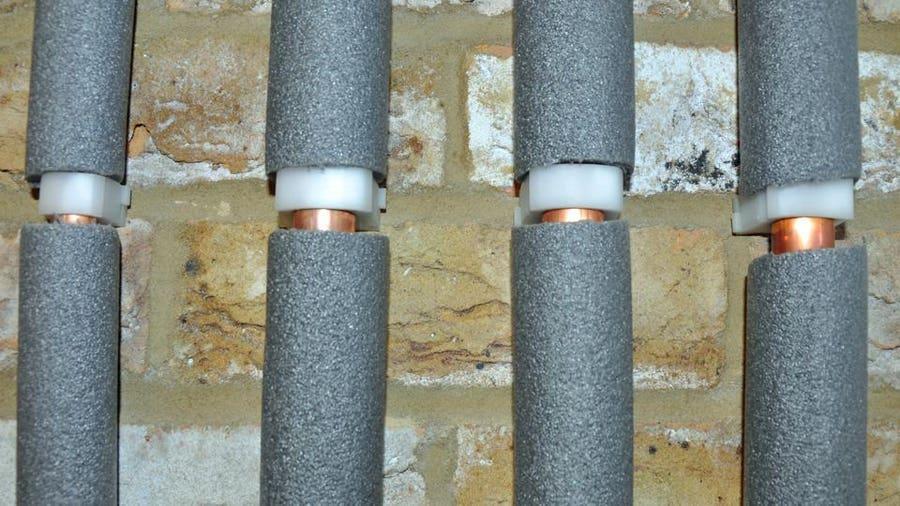
Hot water in uninsulated pipes can lose heat as it travels from your hot water system to your tap, causing you to use more water while waiting for it to warm up. Insulating hot water pipes is an excellent strategy to conserve energy and reduce water bills. The insulation slows down the rate at which the hot water cools down and further reduces the wait time for warm water. A longer term benefit is decreased wear on your hot water system potentially reducing costs associated with heating system repairs.
13. Reuse Pasta Boiling Water
We often waste gallons of water by letting pasta or vegetable boiling water go down the drain. Next time you boil up some pasta, instead of pouring the remaining hot water down the sink, let it cool down and use it to irrigate your plants. Not only does this practice save on water, but the residual nutrients left behind from the food can be beneficial to your plants too. Similarly, after steaming veggies use this nutrient-rich water in soups or broths!
14. Install a Water Meter
Knowing how much water you’re using can be a big eye-opener in terms of understanding your water usage habits. Installing a water meter can help you track the amount of water you consume and identify areas where you might be using too much. Water meters also act as a great monitoring tool for finding leaks in the system which could earlier go unnoticed adding to your water expense.
15. Mulch Your Garden
Using mulch in your garden can significantly reduce the amount of water needed for plant growth. Mulch works by limiting evaporation, creating a barrier between the hot sun and the soil, keeping your garden’s soil cooler and holding more moisture thereby reducing the frequency at which watering becomes necessary. This not only conserves water but promotes healthier, more efficient plant growth.
16. Use Pool Covers
Pool covers can save thousands of litres of water per year by reducing evaporation. Uncovered pools lose water due to evaporation particularly during hot and windy conditions. By introducing a pool cover, not only do you drastically decrease these losses, but you also can help maintain cleaner water and reduce heating costs if your pool is heated.
17. Compost Waste Instead
Using a compost bin rather than a garbage disposal system can potentially save tons of water each year. Garbage disposal systems need a decent volume of running water to operate properly while composting allows kitchen waste to decompose naturally and provides quality fertiliser for your garden.
18. Use Automatic Washer Loads
A dual-benefit approach – using automatic or full loads not only conserves water but also electricity! Many new washing machines have an automatic load sensor function whereby the machine adjusts the amount of water depending on the weight of clothes it contains saving more resources than traditional washers.
19. Fill Up Sink for Washing
Rather than letting water run continuously while you hand wash dishes or clean vegetables, consider filling up your sink with just enough water necessary for the task. By reducing, reusing and recycling water wherever possible, you could considerably cut down your water bills.
20. Bathe Pets Outside
If the weather permits, bathe your pets outdoors using biodegradable soap where the runoff water can benefit plants or lawns. This eliminates the need for additional watering and also prevents pet hair and other grime from clogging your indoor plumbing system!
21. Install Tap Flow Reducers
One great trick to plastic your water bill is to install tap flow reducers on all of your taps. These handy little devices reduce the amount of water that comes out of the tap, effectively preventing wastage. They are also relatively inexpensive and easy to install, making them a brilliant option for cutting costs. You might be surprised at how much you save simply by reducing the flow from your taps!
22. Be Broom, Not Hose
Are you using a hose to clean your pathways or driveways? Switch it up and use a good old-fashioned broom instead. It sounds like extra work, but it’s just a matter of habit. Think about it as a fun exercise and you might end up loving it, not to mention the significant water savings you’ll make.
23. Install Rain Sensor Sprinklers
If you have an automated sprinkler system, consider installing rain sensor sprinklers. These intelligent systems are designed to stop irrigating when it’s raining, conserving a considerable amount of water in the process. Plus, investing in technology like this can benefit your lawn and garden as well since over-watering can also adversely affect plant health.
24. Wash Cars Less Frequently
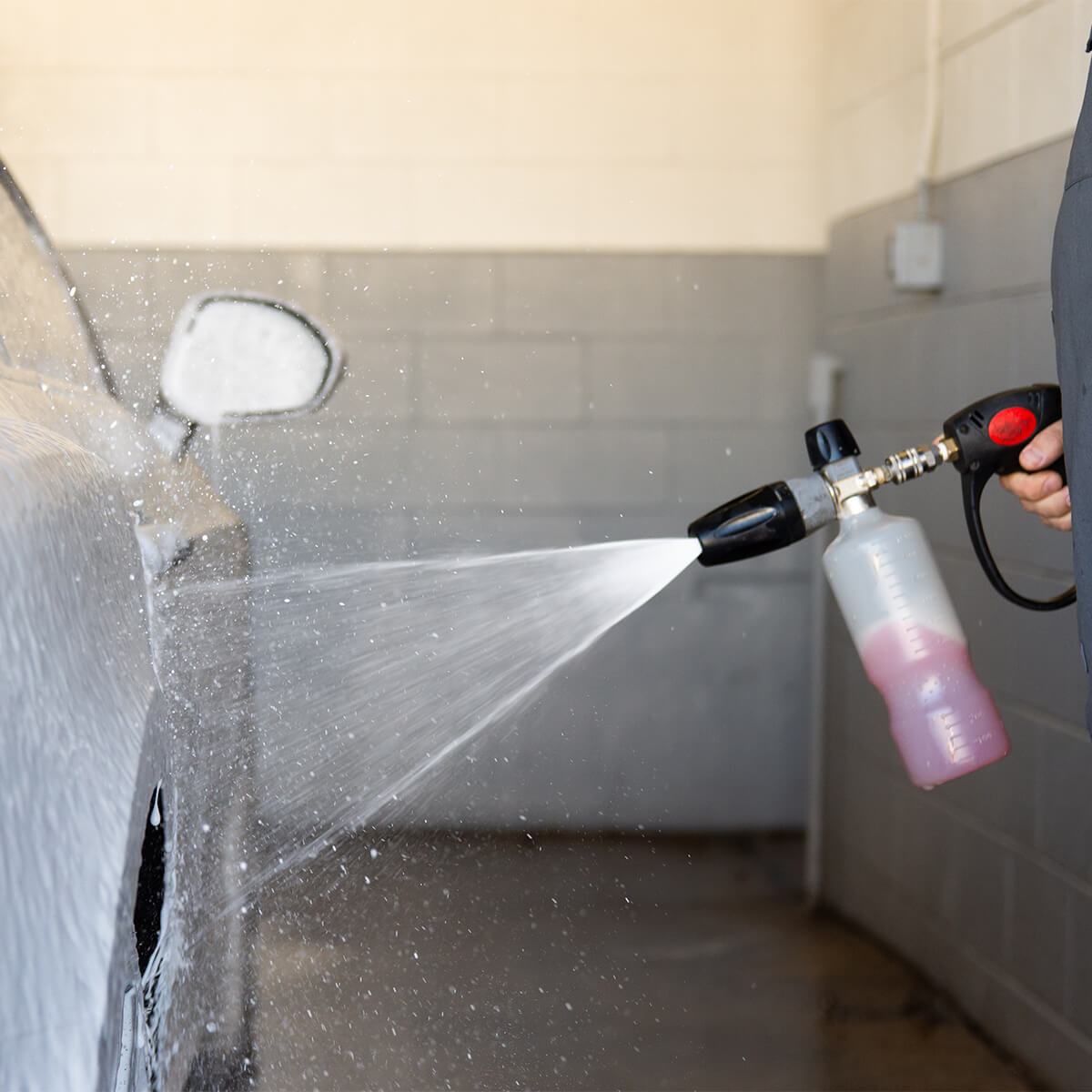
Instead of washing your car every weekend, try doing it less frequently or only when it’s really needed. You’d be amazed by how much water can be saved when you reduce the frequency of car washes. Plus, there are plenty of waterless car wash products available on the market that can help keep your vehicle sparkling without wasting water.
25. Use a Car Wash
Better still, take your car to a professional car wash! Most car wash services recycle water, and using them can help save a significant amount of water every year. So, why not get your car professionally cleaned and help conserve water at the same time?
26. Use Bucket When Washing
Whether it’s washing your car or watering plants, using a bucket instead of a hose could save an immense amount of water. With a hose, we tend to use more water than necessary. But with a bucket, you will realize how much water you actually need, which generally is a lot less than what we use.
27. Check Toilets for Leaks
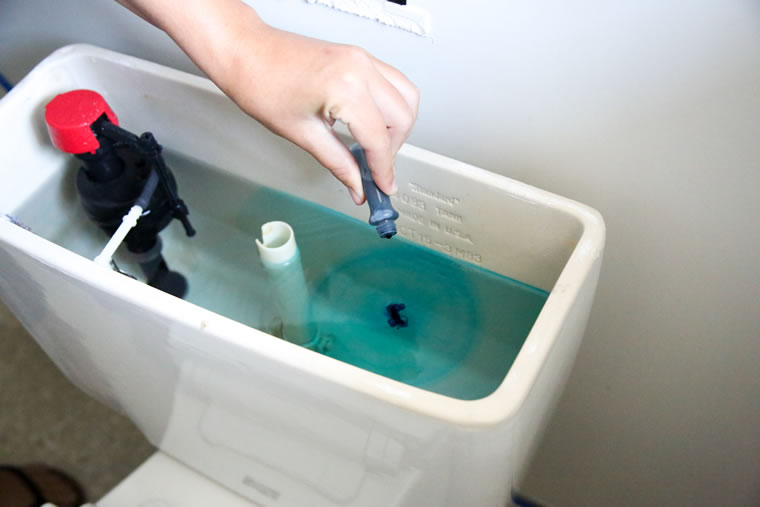
A leaking toilet can waste an incredible amount of water, causing your bill to skyrocket without you even realizing it. Regularly checking toilets for leaks and getting them fixed promptly can result in major savings on your water bill. Remember, every drop counts!
28. Plant Drought-Tolerant Plants
Drought-tolerant plants are ideal if you’re in Australia’s harsh climate as they require less water to thrive. By planting more of these resilient varieties in your garden, you can significantly reduce the amount of water needed for irrigation and slash your water bill in the process.
29. Submerge Pots for Watering
A creative way to conserve water when watering pot plants is to submerge the pots in a bucket of water until bubbles stop appearing – this indicates that the soil has absorbed enough moisture. This technique uses less water compared to traditional watering methods and it also ensures the plant roots receive adequate hydration.
30. Use Water Filter Pitchers
Last but not least, consider using water filter pitchers instead of bottled water or continually refilling from your tap. Not only do these pitchers purify your water, but they also help in reducing water usage. What’s more, they will save you some money on bottled water and also cut down on plastic waste.
Conclusion
There you have it! Ten more ways to reduce your water bill and conserve one of our most precious resources. Combining a few of these strategies can lead to significant savings on your water bill over time. Remember, every little bit counts, and all of these bits can add up to substantial savings both for your wallet and our environment.
Related posts:
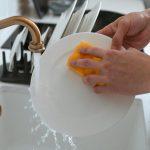 Eco-Friendly Kitchen Plumbing: Simple Tips to Save Water
Eco-Friendly Kitchen Plumbing: Simple Tips to Save Water
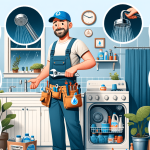 Every Drop Counts: Dan’s Plumbing Tips to Conserve Water at Home
Every Drop Counts: Dan’s Plumbing Tips to Conserve Water at Home
 The Benefits of Water-Efficient Toilets: Saving Water and Money
The Benefits of Water-Efficient Toilets: Saving Water and Money
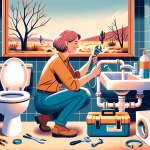 Drought-Proofing Your Plumbing: Sustainable Habits for Every Aussie
Drought-Proofing Your Plumbing: Sustainable Habits for Every Aussie
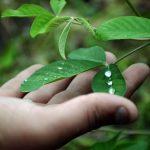 Save Water, Save Money: Dan’s Plumbing Recommends Efficient Toilets
Save Water, Save Money: Dan’s Plumbing Recommends Efficient Toilets
 Upgrade Your Showerhead for Water Savings: Eco-Friendly Plumbing Solutions
Upgrade Your Showerhead for Water Savings: Eco-Friendly Plumbing Solutions

